On-Ear EDM Party – Mas Audio Science X5h Headphones And XX Bluetooth Cable
MAS X5h is a headphone from a company named MAS Audio Science. The headphones are priced at 300 USD, which makes them a direct competitor to HIFIMAN Sundara, Verum One, Meze 99 Classics, and The OVC Vacuum Tube Headphones. In terms of pairings, I have chosen HIDIZS AP80, FiiO M9, and iBasso DX120. X5h can also be driven from a source like FiiO’s BTR5, but that would be a bit redundant, since their Bluetooth cable, based on the MMCX connectors is also featured in this review, and will be paired with X5h, but also with IEMs like FiiO FH7, Campfire Atlas, and iBasso IT01S.
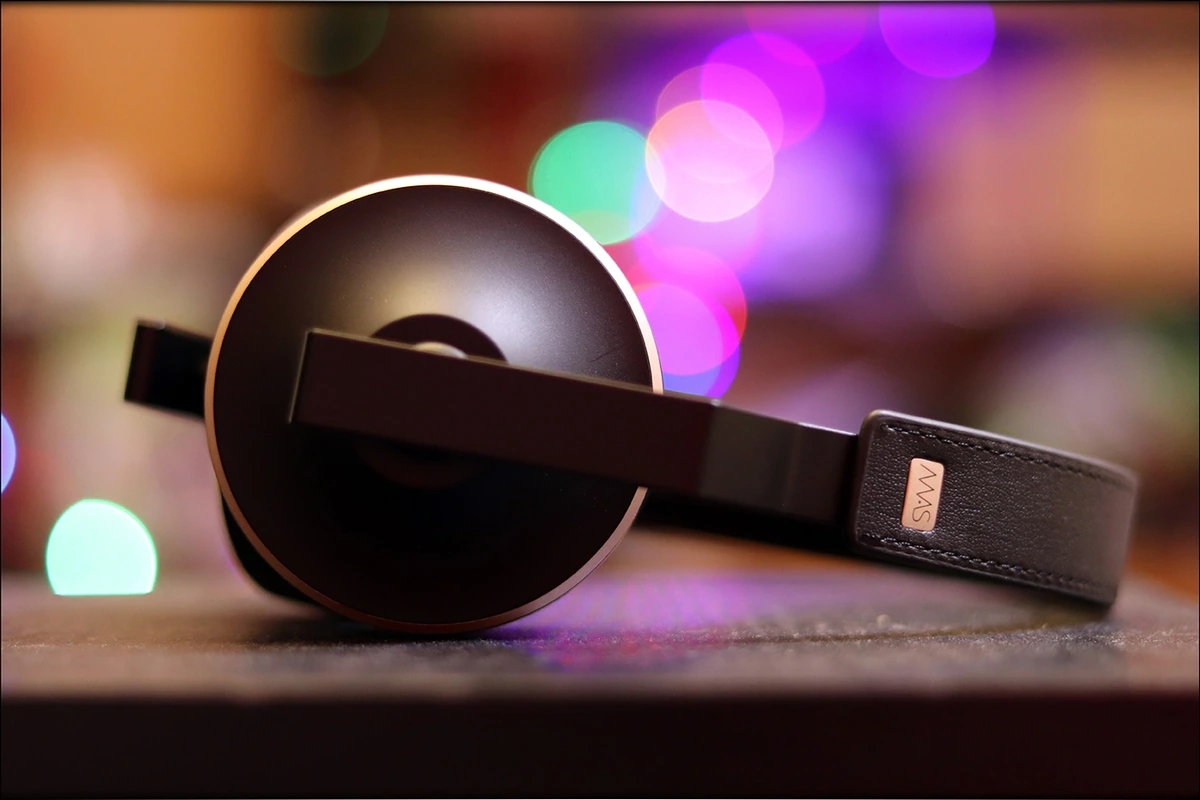
Introduction
MAS Audio Science is actually not quite that well known at the moment of making this review, but I hope this will change in time, because they really deserve your attention and love. They’ve been putting in a lot of work in their products, and their X5h is quite well refined. This being said, there’s simply not enough data available to say how they will be in terms of customer service, compared with other companies. This being said, I can guarantee that my communication with them has been outstanding, quick, precise answers, they speak English well, and everything was understood from the start. There’s no confusion, and they are also quick moving their packages, their headphones arrived to me quickly enough, less than a week, and they arrived in a fancy package and in great condition.
It should be noted that I have absolutely no affiliation with MAS. I’d like to thank MAS for providing the sample for this review. Every opinion expressed is mine and I stand by it, the purpose of this review is to help those interested in MAS X5h and their XX Bluetooth Cable find their next music companion.
Product Link
You can get MAS Audio X5h from www.amazon.com here: https://www.amazon.com/MAS-X5h-Headphone-Detachable-Silver-Coated/dp/B07F9MF4XW/
About me
https://www.audiophile-heaven.com/p/about.html
Packaging
First things first, let’s get the packaging out of the way:
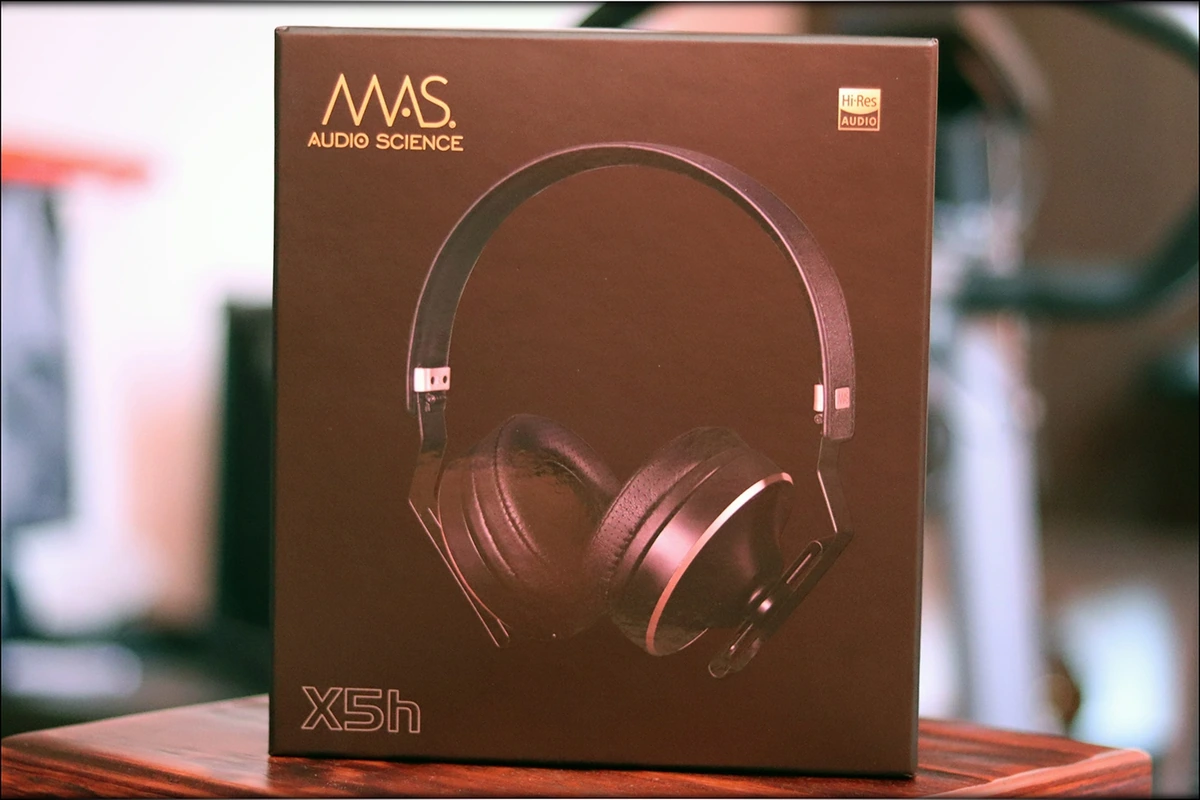
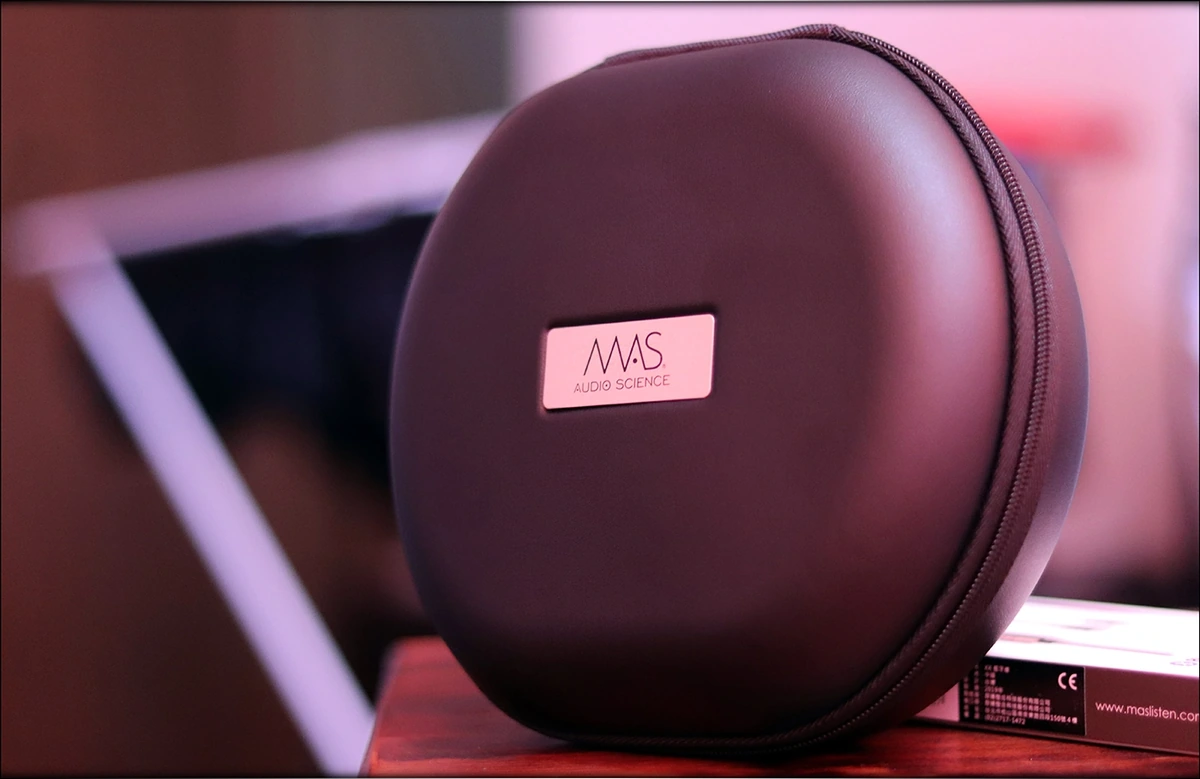
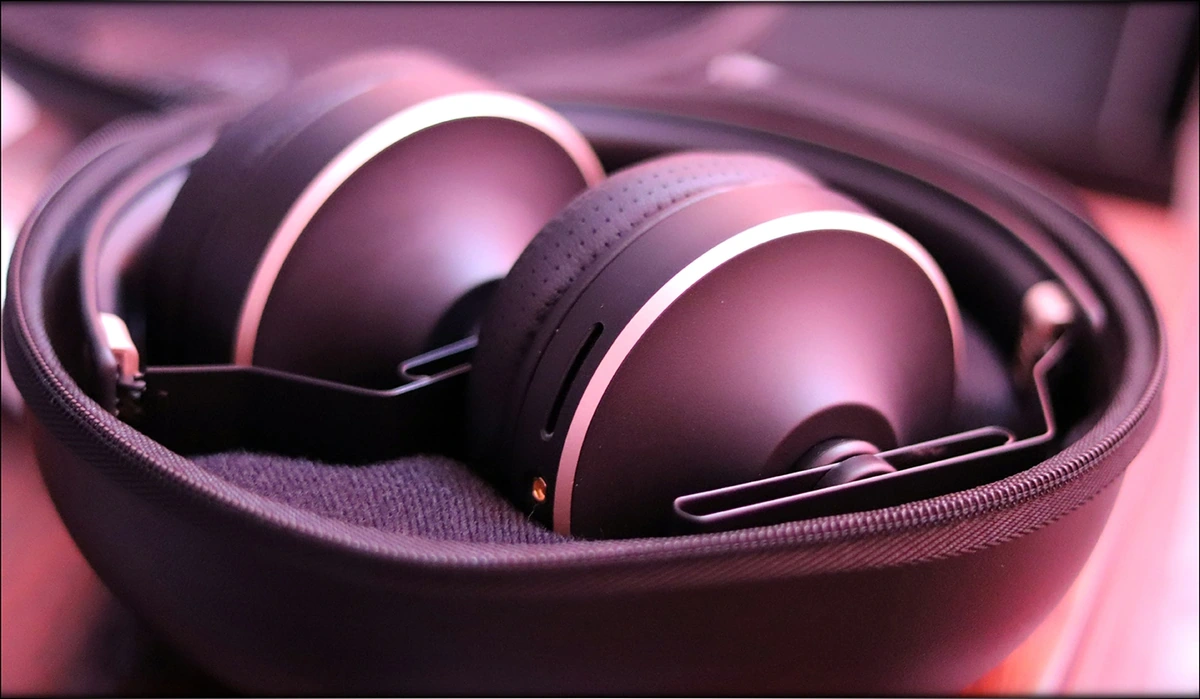
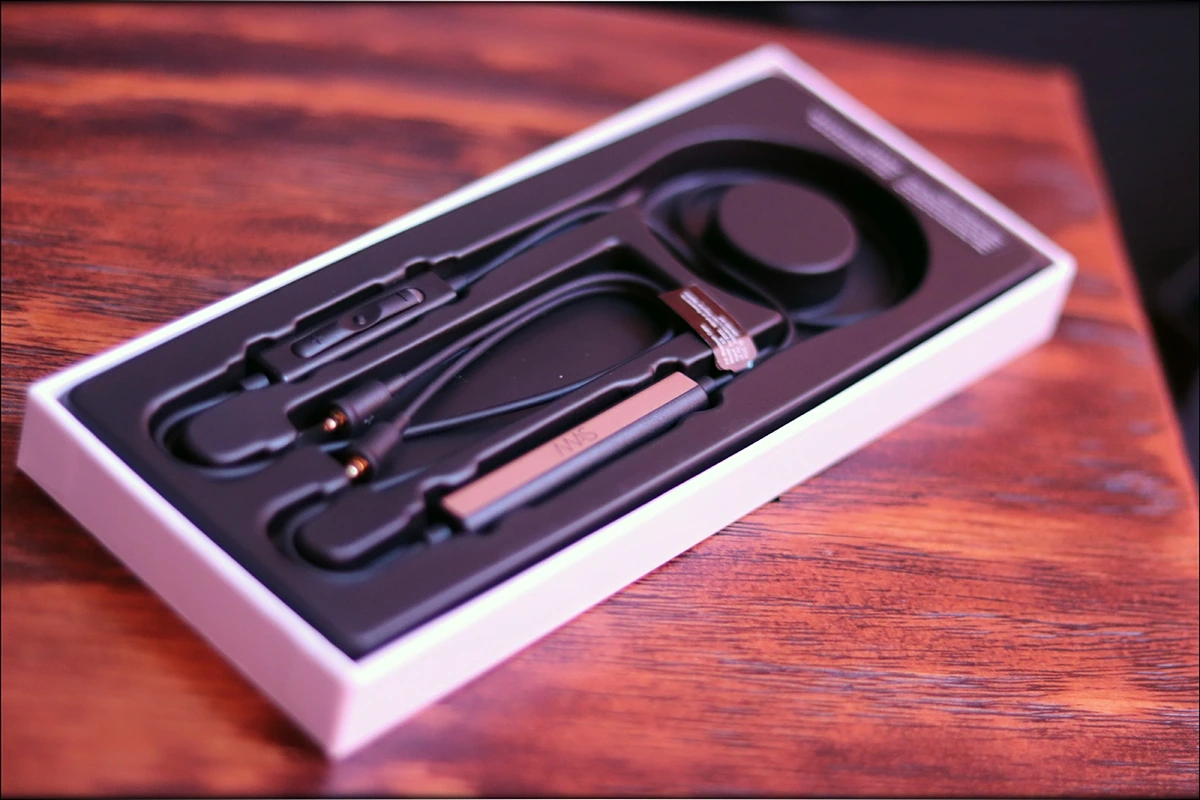
From the start, this is the best package for a 300 USD Headphone, period. This is like FiiO’s packaging for their good IEMs, like the FH5, or FH7, it is simply outstanding. Even compared to their most direct competitors, the Meze 99C, the package is better, with two carrying cases, two cables, and nicely printed documentation.
Honestly, this is way beyond my expectations from a new company, and most headphones companies skip over the package entirely, like Verum One, which doesn’t even have a package, but comes packaged in bubble wrap. Even compared to Meze 99C, you get one extra carrying bag from the X5h.
What to look in when purchasing a Midrange On-Ear Headphone
https://www.audiophile-heaven.com/p/what-to-lookl.html
Technical Specifications
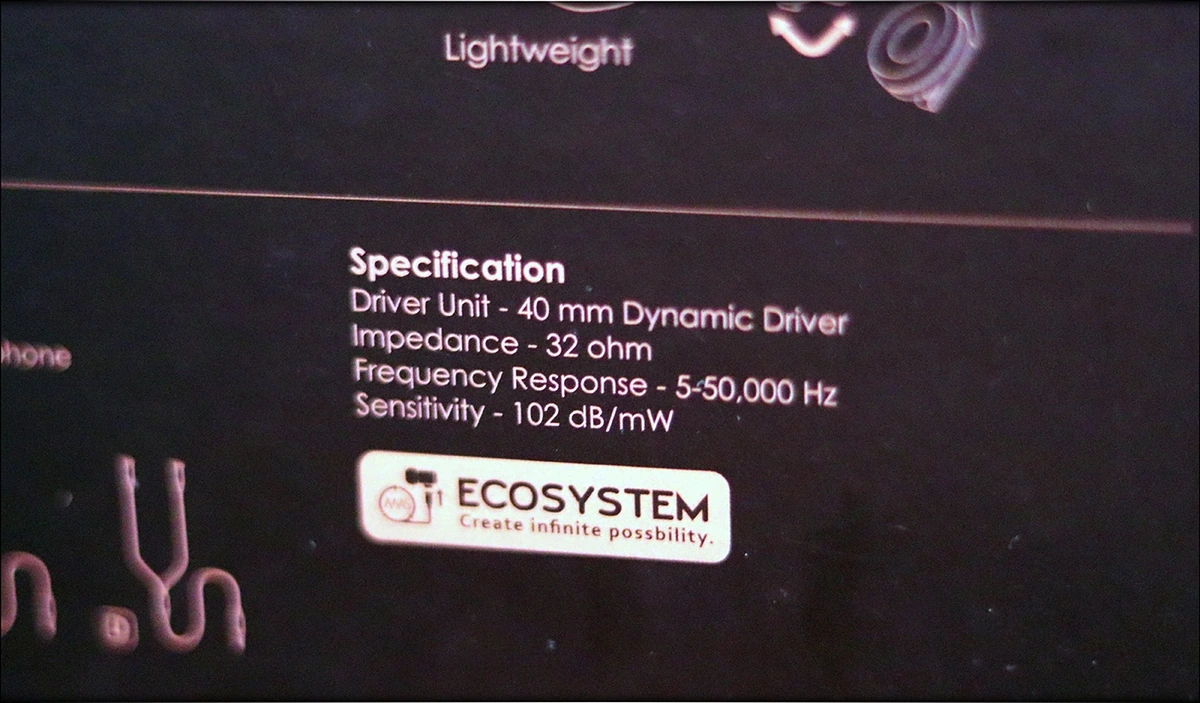
Build Quality/Aesthetics/Fit/Comfort
The build quality is actually quite exceptional, and in line with what you’d expect from a 300-USD Headphone, but they are an on-ear design, so everything feels a bit diminutive with the X5h, compared to a proper over-the-ear headphone like most of its direct competitors. Thing is, besides Grado SR80e and a few exceptions, which were all considerably less pricey, most companies simply don’t make high-end on-ear designs, mostly because someone who invests a lot wants to have great comfort, not just sound. In fact, there are folks who may sacrifice some sound quality for comfort, especially those listening to one thing for hours in a row.
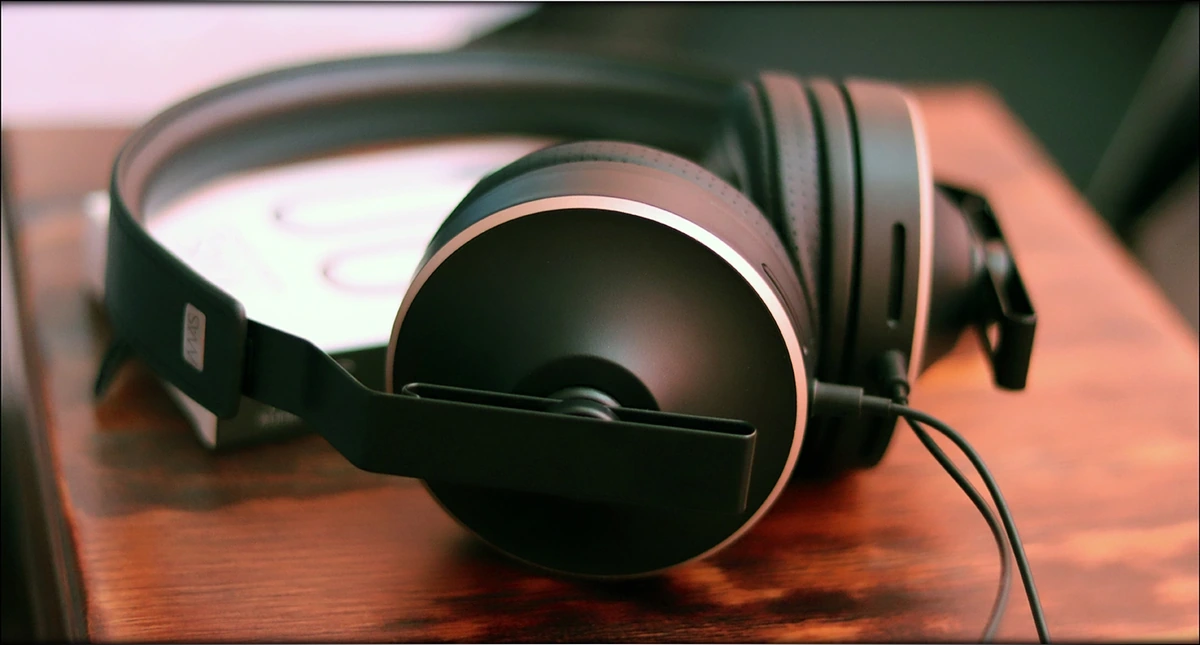
On that note, the aesthetics are outstanding, this is one well-made headphone. It can fold for transportation, so it doesn’t take a lot of space, it is smol by design, and it looks stunning. Like a professional headphone should look like.
The comfort though, is pretty poor. The cups are on-ear clearly, but they are very soft. In fact, if there’s something the company could had done about the earpads, they should have been thicker, to have a better fit. My ears get a bit warm during usage, but shockingly, they don’t get hot to sweat, just a bit warm. The headphones fit quite snugly on my head, so they don’t drop even if I headbang while wearing them, and when listening to some Iron Maiden, I feel the urge to move my head to the music a ton of times. There’s a hotspot at the top of my head, the headband doesn’t have enough padding, and compared to something like Meze 99 Classics, I find that to be pretty terrible.
On the other hand, even while writing this review, I’ve been wearing the X5h headphones for almost four hours, and I still don’t feel pain. I have a medium-sized head, but they will fit better on smaller heads, and worse on larger heads.
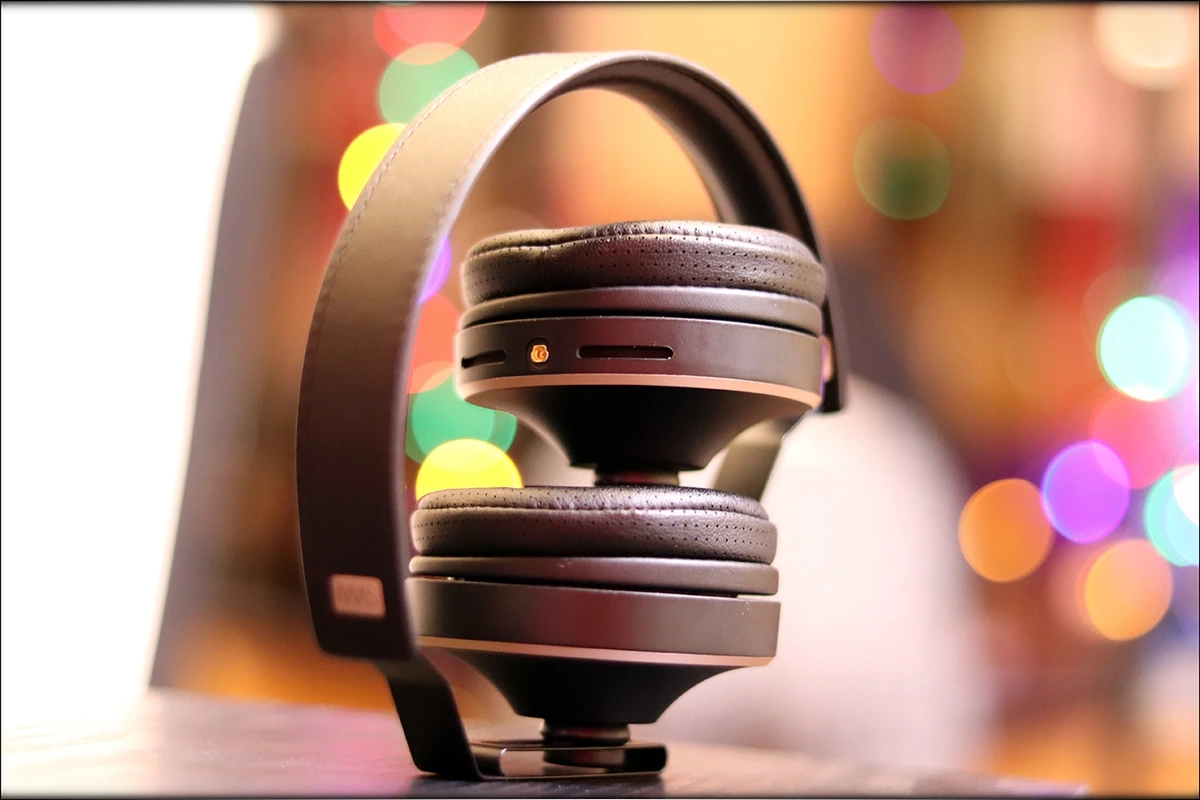
The headphones are fitted with MMCX connectors, and you can fit any IEM MMCX cable on them, to do some cable rolling. Their actual quality and detail actually is good enough for this to make sense. The company even fits two cables in the package, one which is of an average quality, but has a mic / remote for taking calls, and one which is made of silver-plated copper. It is a pretty good quality cable that I see myself using with other IEMs, but the cable has a straight rubberized connection from the Y spit and up, so if you’re using an IEM, it has to be one that can be worn straight-down like Final E5000.
The straight cable has a pretty good quality microphone, and the person on the other end could hear me pretty clearly, but the mic also picks up wind noise and my own breathing quite easily.
I hope my photos show this, but the headphones are really really perfect in terms of craftsmanship. This is not a Chinese or an entry-level over-the-ear like Bluedio T3 Turbine or like Soundmagic P22BT. Bluedio T3 is what I would consider entry-level in terms of build quality, and compared to it, the X5h feels like a Porsche Car next to my beloved Dacia Logan.
All in all, the headphone is great, well made, no driver flex, the cable is of great quality, at least the rubberized / audio one, and the entire thing is fun to listen to and use.
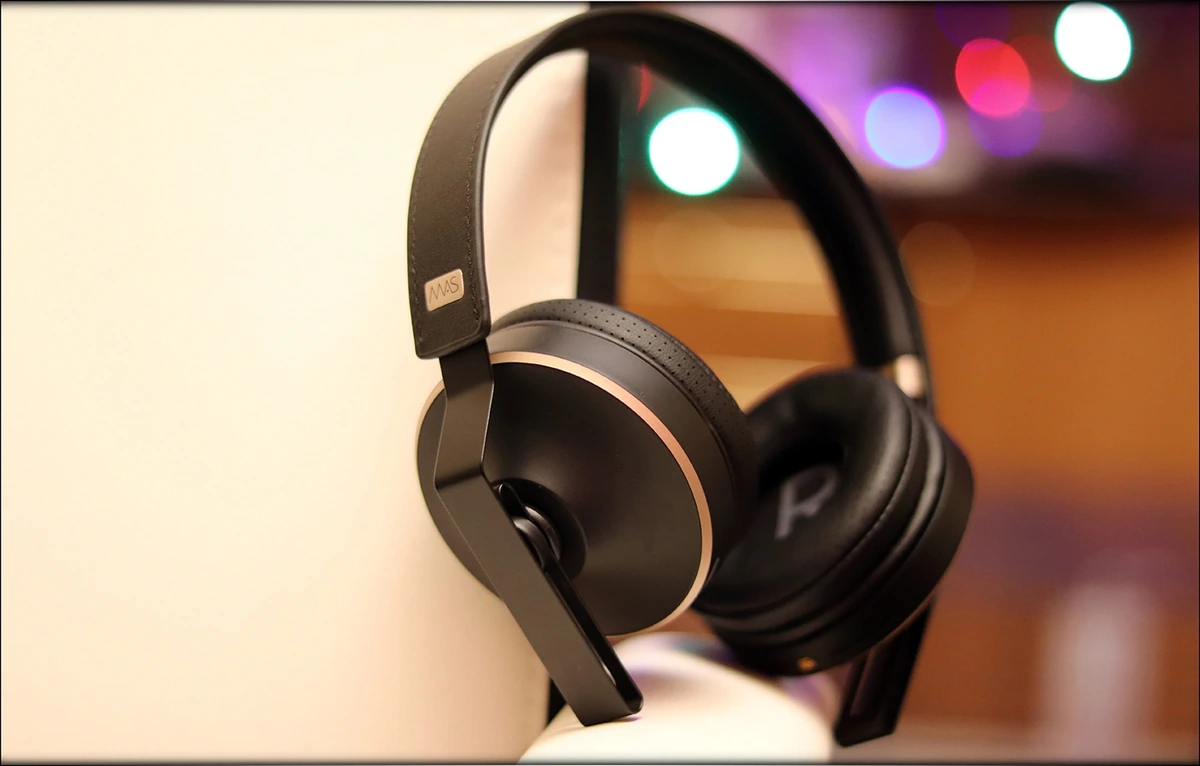
The bluetooth cable is a pretty simple but effective thing. It has a simple remote with three buttons, and a charging port. The cable uses the micro-USB standard, so no fancy Type-C connectors, but on the bright side, it has a beautiful battery life of up to 11 tested hours, and it has excellent connection stability. It was made to be used with the headphones, but if you have IEMs you like, wanted them BT, and if you wanted to have a cable around the neck, then the XX Cable is pretty great. The sonic quality of it matters the most as most the other aspects are great, including the high-quality MMCX connectors.
Video Review
Link to the Youtube Video Review (Click): https://www.youtube.com/watch?v=wo0NItFDmWs
Sound Quality
X5h has a driver size of 40mm, so good room for a big and heavy bass, but they also have a fair impedance of 32 OHMs, and a somewhat low sensitivity of 100 dB. This being said, they are a breeze in how easy they are to drive, and the Bluetooth Cable, the XX can drive them too. For most of sonic part of this review, I have used Earmen TR-AMP, FiiO BTR5, Mytek Brooklyn DAC+, Aune S6 PRO, and iBasso DX229 to make an impression of how X5h sounds and how well they grow with the source.
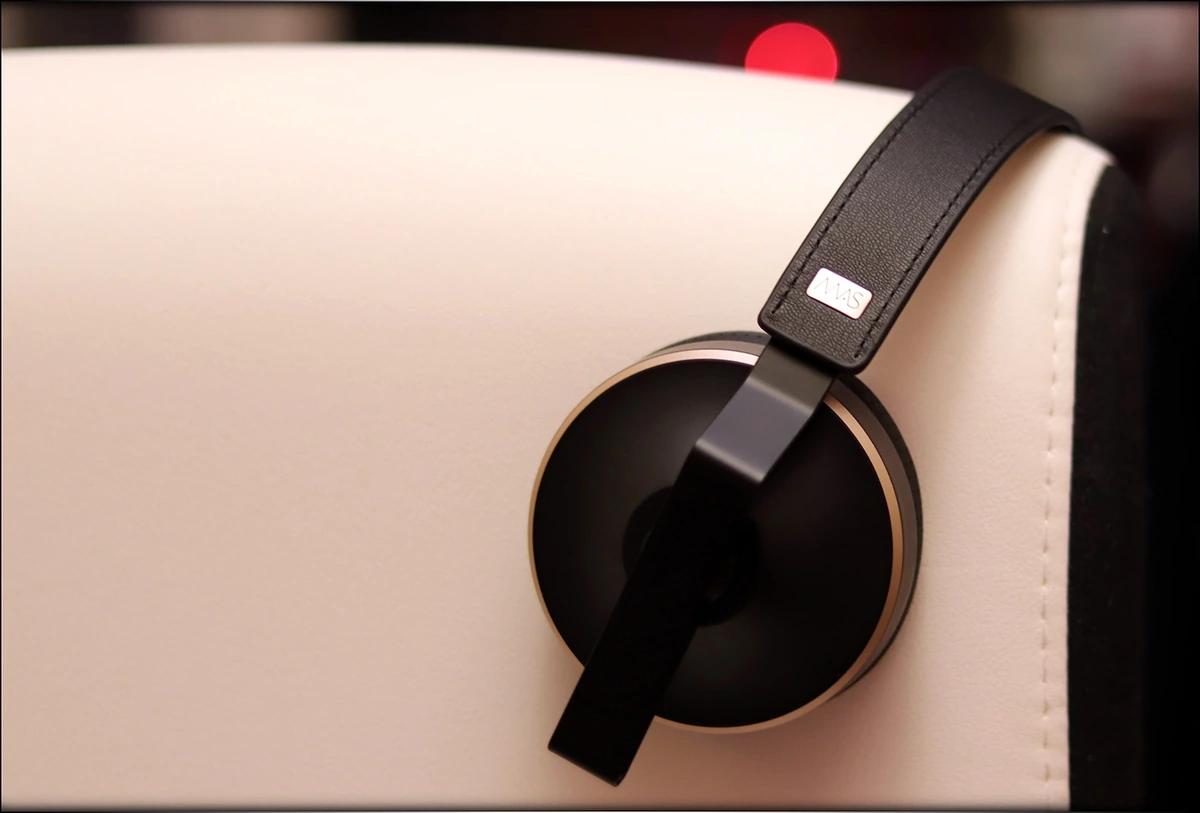
First off, we need to accept that on-ear designs can sound good. It is possible. It is really hard, but they can sound pretty much excellent if done well. For X5h, I think that for their price they reach the precise type of sound they were going for, and since we are in the 300 USD price range, they will probably be trying to take on the Mezes, the 99C, which is by far the most prominent headphone known at this price point. And like that, the X5h ends up being a bassy headphone, with a lot of sub-bass impact and good quality rumble, which has a pretty holographic and wide stage, but which isn’t necessarily very deep, and with a rather smooth treble that makes it really easy to listen to and enjoy older music.
The bass is in the spotlight when listening to the X5h, and it is a heavy, hard-hitting bass, but which has a natural decay and speed. Don’t get me wrong, this is actually not just an on-ear bassy headphone, they have the bass quality of Verum One, which also had the highlight in the bass, and the X5h has similar impact, texture, and overall clarity to the bass. This is probably the best bass I ever heard in an on-ear design, and it has outdone my expectations by a large margin. The bass is achieved thanks to the ingenious venting design, and it has the reach and depth you’d expect a 300-USD Headphone to have. Songs like Pendulum – The Island Pt. I show a really deep and hard-hitting bass that impressed me in every way possible, and made me think this sounds similar to the S8e Speakers from Spendor I am currently using.
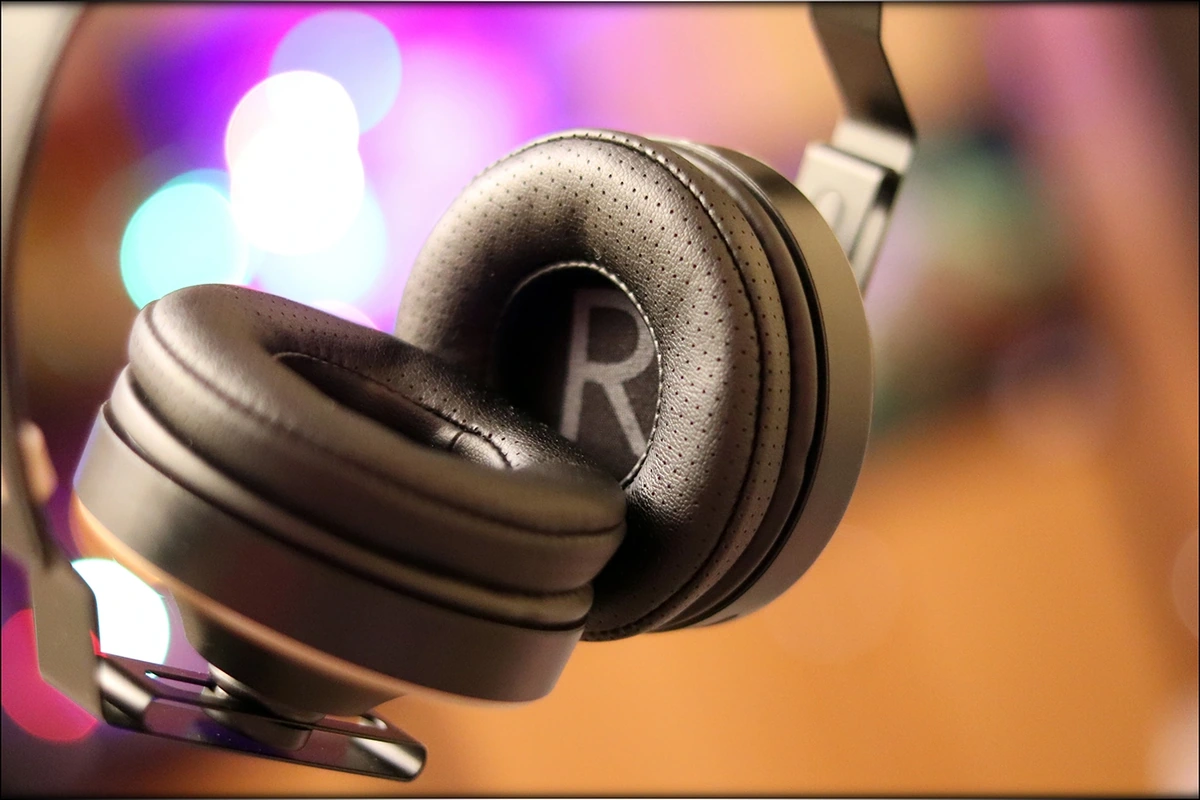
The midrange is a bit thick, and has some bass bleed, but it is tasteful in terms of musical weight delivery, especially for classical music, instruments having the proper weight. The timbre is actually quite good, and even songs like Judas Priest – No Surrender sound fairly good. The bass hits deep, voices and guitars are clear, tasty, while the cymbals are somewhere in the back, smoother and non-intrusive. The timbre works well for Jazz too, and for Classical, and there’s a good amount of space between the instruments, so on songs like Rammstein – Keine Lust, you’re able to hear a good separation between the lead guitars, and the effects playing in the background.
The treble is not the highlight of X5h, and while I don’t consider them good for music mastering, not even remotely, I find them to be fairly adequate for enjoying music of all types. A studio headphone, like Adam SP-5, or Ultrasone Signature Studio is usually more dry, and has less bass. X5h has a tasteful bass, good impact, and really good extension both in the lows and the treble. In fact, the treble doesn’t really roll-off as much as it is not very forward and feels pretty recessed compared to what I’d consider ideal, because with rock and metal, I tend to crank the volume a bit high with X5h to hear the treble properly.
The soundstage was a huge surprise. While the fit was not ideal by any means, the soundstage is exceptionally large, with excellent width and instrument separation. It is considerably wider than it is deep, but I could hear effects and instruments being playing behind me, as well as somewhere far from me in the right or left side, so they do imaging, separation and soundstage fairly well. Looking at them, you’d think of a keyhole type of stage, but actually hearing them results in a great soundstage.
Portable Usage
There’s no way I’d consider X5h a desktop headphone, and everything about it screams portability. The fact that they are driveable from a portable, the fact that they even sound good from the said portable, along with the nice build quality all make them great for portability.
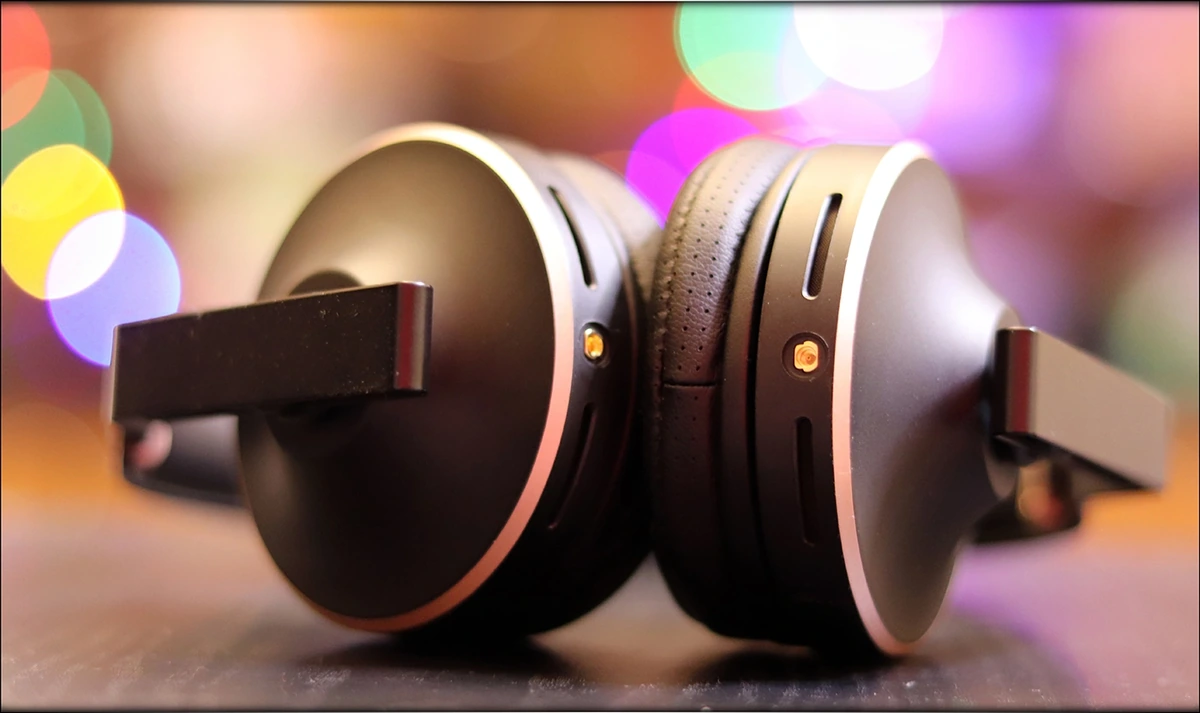
They don’t have any driver flex, and it is quite easy to drive them from any portable, even smartphones. This being said, the XX cable has some hiss which can be heard while using it. The range is great though, and that hiss is not really audible at most music listening levels. This being said, the cable itself has lower sonic performance than FiiO BTR5, or FiiO BTR3K, and you’re best using something like those FiiO BT receivers and the cable, for the best sonic quality.
The headphones leak quite a bit of sound, and they are not great to use in a library for sure, but they isolate well from the outside noise, offering almost 10 dB of passive noise isolation. Despite the openings you see on the earcups, they are actually quite isolating and coming from something Verum One which is a main comparison point, you’ll notice much better isolation from the X5h.
It is even good for a run, but I limit the usage time for around 4 hours, after which it may hurt your ears, due to its on-ear design.

If you’re looking for a source, a FiiO M6, HIDIZS AP80, Shanling M0, or even something like iBasso DC01 will do just fine. You could even take advantage of those with Balanced outputs, by using a secondary cable, like the Dunu HULK, or the Silver LC-2.5D Cable from FiiO.
Upgrading the source actually works well, X5h scales a bit with the source, and using a high-end DAP like an iBasso DX229, or a FiiO M11, or an Opus #2, or a Hiby R6 is really worth the effort. This being said, USB DACs like FiiO Q5s, Chord Mojo, Earmen TR-AMP, and iFi xDSD also work really well for X5h, and I would suggest using a midrange source at least, if you want to get the most out of them. Although they are easy to drive, a 300 USD source or so would be best if you want to enjoy them at the maximum.
Comparisons
There are a lot of contenders, but the most notable ones are Meze 99 Classic, which is the main direct competitor, but there’s also Verum One, HIFIMAN Sundara, and and for those who like to indulge in rare yet excellent headphones, there’s also the OVC Tube-powered headphones. All of those have been tested and driven from a multitude of sources to remove as many variables as possible from the source, and get an overall opinion on how they compare as precisely as possible.
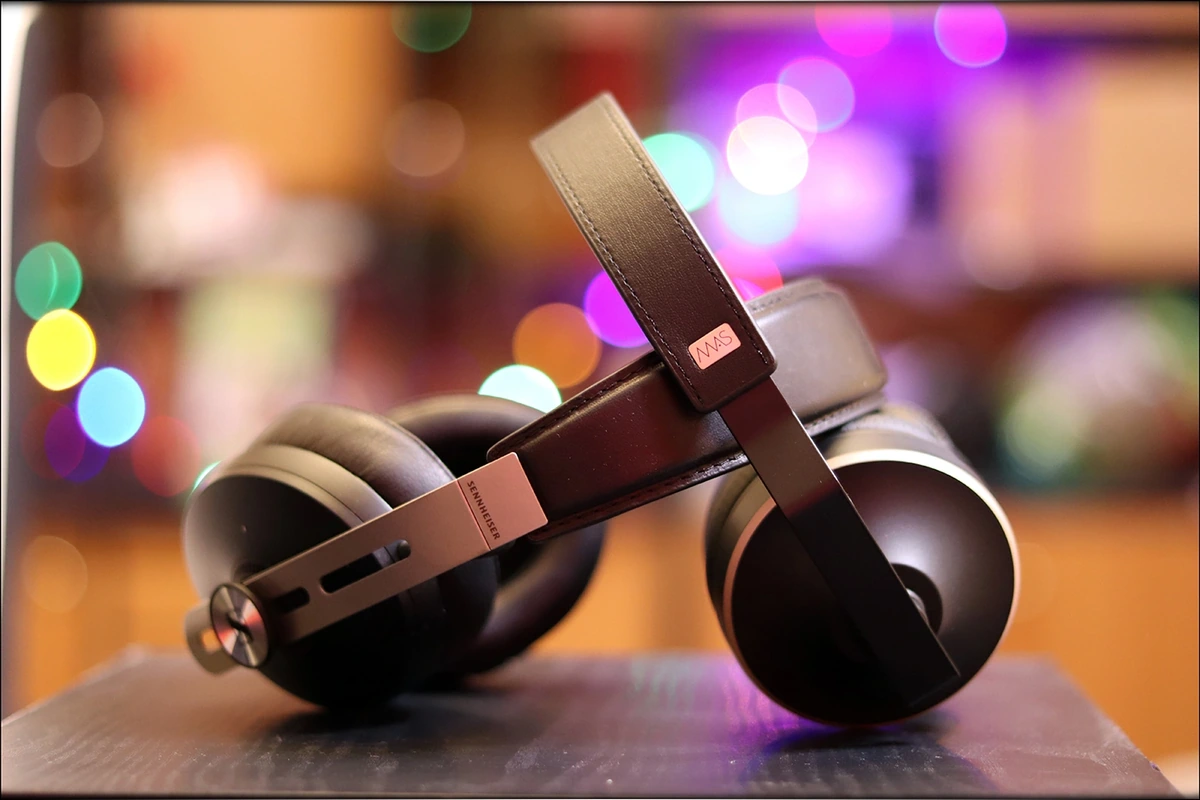
MAS Audio Science X5h vs Meze 99C (300 USD vs 300 USD) – How about I become sassy and salty on the 99C, which needed a ton of EQ to sound good, because it was boomy, and the sound was a bit too thick, and lacked treble sparkle and detail, where X5h, at the same price doesn’t need EQ and can be enjoyed out-of-the-box. The package of X5h is actually even better, but the comfort isn’t, 99C is much more comfortable, and although both headphones look great, I prefer the aesthetics and design of 99C, and Mr. Antonio is a really good aesthetic designer for sure. On the other hand, the sound of 99C could use a helping hand, 99C is far more boomy, has less sub-bass and more mid and upper bass out of the box, which ends up sounding unnatural with pretty much any music style. X5h has a much more natural midrange, less boom, more sub-bass, and more treble presence which is easier to enjoy. I like the cables of 99 Classics more, they are better made, and so are the 3.5mm sockets, compared to the MMCX sockets, which are a bit easier to break. It is easier to run and jog with X5h, and they isolate similarly to 99 Classic, and both headphones have similar levels of leakage. If you don’t mind EQ’ing the 99 C, you’ll enjoy them lots, while if you want a headphone that is on-ear, and has a great sound with a deep bass out of the box, X5h will happily deliver on that.
MAS Audio Science X5h vs Verum One (300 USD vs 300 USD) – Verum one’s really hard to drive nature, despite the really low impedance comes from the fact that most portable amplifiers aren’t expecting such a low impedance, they are between 6 and 8 OHMs in impedance, so you won’t be sorry if you device to go for X5h if you have a less than perfect source. Of course, there are a lot of great DAC/AMPs that aren’t so pricey, like the TR-AMP, or the xDuoo XD10 Poke, but Verum One is actually similar to X5h in terms of sonics. Similar bass extension, and a deep sound, but Verum-1 is far thicker, with more weight to music, and has a better overall clarity and refinement in the midrange and the treble. Verum One leaks far more than X5h, and isolates far less. Verum One can look a bit alien while being worn, as I highlight in my Youtube Video Review of the Verum One. X5h fits better for a portable lifestyle, is easier to wear and enjoy, easier to match with sources and easier to drive. X5h has a much better package too.
MAS Audio Science X5h vs HIFIMAN Sundara (300 USD vs 350 USD) – Sundara is, from the get-go, much harder to drive. The package is also simpler for Sundara. The sound has better detail, is more neutral, and has a more refined and sparkly top-end on Sundara. The soundstage is wider on X5h. X5h has a better, deeper, harder-hitting bass, with more impact. Sundara has more dynamics when driven properly, but given the fact that you need an iFi xDSD, or something like the Mytek Brooklyn DAC+ to fully enjoy them, they are not ideal for portability. The main portables I could enjoy Sundy with were either FiiO M11, or DX220 from iBasso, which makes the Sundara quite a picky headphone in terms of its source. On the other hand, X5h is easier to match and pair, has a lighter, better cable, but relies on the MMCX connection standard which I don’t trust quite as much as the 3.5mm connections of the Sundara. Sundara is far more comfortable, and I can wear it for many many hours in a row, where I’m finding it hard to wear the X5h for more than a few hours at a time, the on-ear design hurts my ears a bit after a while, and the hotspot at the top of my head, in the headband also makes it a bit hard to enjoy them for longer periods of time.
MAS Audio Science X5h vs OVC Tube-Powered Headphones (300 USD vs 300 USD) – The OVC Tube-Powered Headphones have been an interesting trip, and I really wonder what happened to them, because I can’t quite find them anymore online, but I’m looking forward, hoping they haven’t disappeared from the market, and that the company is just playing with them, preparing for more of an official release. The headphones were meant to be perfect, and would be perfect if released now, because they had one of the sweetest midranges in that price point, along with a natural bass, and a fairly natural treble. Everything about the sound was perfect with the OVC, it was just nice, colorful and engaging, but the ergonomics were a bit odd. They also got quite warm during usage, and putting a Tube inside an earphone maybe didn’t work so well for prolonged usage, since Tubes tend to burn out after a while. X5h has a deeper, more bassy sound, less treble sparkle, and a thicker, more intimate soundstage when compared to the OVC headphones. The OVC headphones also had a constant hiss if used in their best design, which was with the Tube enhancements turned on.
Recommended Pairings
I’ve paired the X5h with a ton of amplifiers and DAPs, just to see how they scale, and although they scaled nicely even up to the Mytek Brooklyn DAC+, and I could hear a beautiful sound when driving them from the M2 Tech Young MK III + Wells Milo, setups like those aren’t necessary and probably won’t make much sense to enjoy a 300-USD Headphone, so instead I focused on the HIDIZS AP80, FiiO M9, and iBasso DX120 for the mighty little X5h. They all have enough power, and drive X5h pretty much up to their potential.
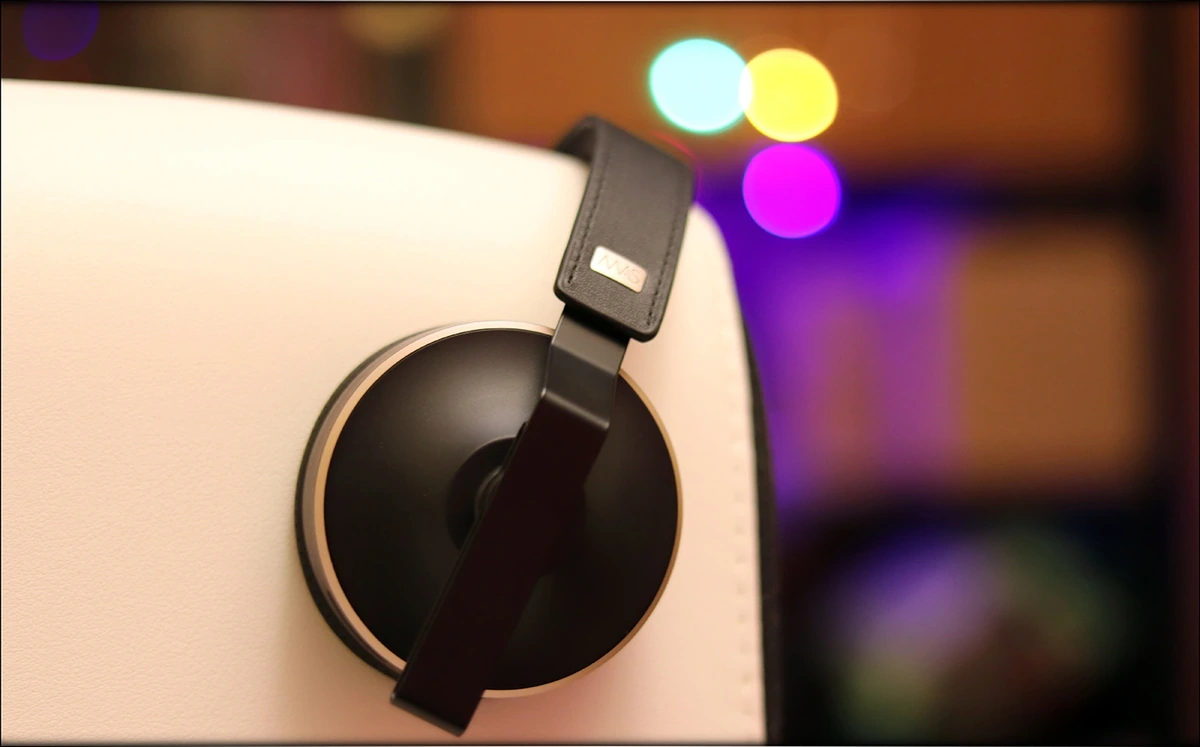
To pair and test their cable, except for themselves, I also tested it with FiiO FH7, iBasso IT-01S, and Campfire Atlas. Although in most cases the cable won’t have quite the same quality as the default cables, it is a bluetooth solution, and it makes all of those pretty portable.
MAS Audio Science X5h + iBasso DX120 (300 USD + 280 USD) – DX120 is a great way to drive the X5h, because you have both the convenience of price, DX120 having a really good price of 280 USD right now, and you get all of the goody from iBasso, but with X5h, it manages to give them exceptional control and a wide stage, along with a really impactful, yet well-controlled bass. Overall, this pairing is for those who want to get the most natural sound out of X5h, and for those who enjoy a relaxed sound from their headphones. DX120 should have enough power to drive other IEMs and headphones as well, like HIFIMAN Deva, and UFO 112, for example.
MAS Audio Science X5h + FiiO M9 (300 USD + 250 USD) – FiiO’s M9 is probably one of the most searched for and frequently bought DAP, and who can blame those who like it? It has a really neutral sound, that is slightly bright and dry, and which reveals detail quite well. The stage is also pretty deep, and with X5h, the brighter, neutral, dry signature of M9 makes the sound quicker, which in turn makes the entire thing more balanced, since X5h has quite a forward bass. The treble also gets a touch more sparkle, which gives all music more life and makes everything more engaging. Happily, M9 is also quite universal, and regardless whether you have a FiiO F9PRO, or an iBasso It01S, or even something like Ultrasone Signature Studio, M9 should be able to do an excellent job.
MAS Audio Science X5h + HIDIZS AP80 (300 USD + 140 USD) – With the help of Hiby, and their excellent software, HIDIZS has one of the best EQ available to mankind in their AP80, and this means you can re-tune everything in this world so that it better suits your tastes. X5h is no exception, and you can give them better speed, less bass, or leave them be. AP80 has enough driving power for them, and soon I’ll be reviewing the new AP80PRO, which should be even better than the original, and even for X5h should make an even better pairing. All in all, AP80 is great for easy-to-drive headphones, and earphones / IEMs, but don’t worry, even if you have something less typical, like your Shouer Tape, which is an electrostatic IEM, or a high-end multi-BA IEM like Lime Ears Model X, AP80 will be able to do just fine, so you won’t be limited to driving just X5h with it.
MAS Audio Science XX Bluetooth Cable + FiiO FH7 (100 USD + 450 USD) – I started hard with the cable, because I wanted to test its limits before testing everything else. The cable and the BT module in particular has a somewhat limited sound in terms of resolution, when compared to FiiO’s own BTR5 or BTR3K, both of which have a similar price to the XX Bluetooth Cable. This being said, the bluetooth cable is convenient, it is a snappy, simple solution for an issue that everyone has once in a while, wanting to take their best IEMs, but without the hassle of carrying cables in their pocket. With FH7, the sound is smoother than usually, and also a bit thicker. This works well for FH7, the detail is OK for a 100-USD cable / source. There are some USB DACs that may be better, like iBasso DC-01, but that runs on cable as well. In fact, the XX Bluetooth cable is the only cable that is this convenient for driving anything you want. The only part where I’m not fully comfortable with it, is in the hiss, which is always present in the background, not loud, but present. The stage is also not very large, so if you wanted a more intimate experience with FH7, this is a great way to experience that.
MAS Audio Science XX Bluetooth Cable + Campfire Atlas (100 USD + 1300 USD) – Atlas is one of those IEMs that is also a hiss detector, it really makes it easy to hear hiss with a source, but their sound makes it easy to enjoy music, to taste life, and to experience everything to the maximum. The XX Cable is a great way of toning that down a bit, making all music a bit less explosive, and giving your Atlas a slightly less impactful sound, and since they are exceptionally strong and dynamic, if you wanted them to be a touch more relaxing, the XX Cable can help with that. The stage is more intimate, and there’s that hiss present in the background, but if you’re taking the IEMs for a run, and if you’re jogging, you’re most probably going to crank the volume high enough to not hear that hiss at all, and if you’re exercising, you’re most likely not going to notice the stage so well, so for the purpose intended, the XX Cable is still a great solution.
MAS Audio Science XX Bluetooth Cable + iBasso IT-01S (100 USD + 200 USD) – It was time for an example that was great in every way, and IT01S may be just that, thanks to the fact that you can almost consider the hiss to be gone with IT01S. You could also say that with IT 01 S, the sound is pretty detailed, and despite not having the widest stage possible, IT01-S has a pretty wide stage with the XX Cable. The ergonomics also work well, but you should keep in mind that the XX Cable has rubber around the MMCX connectors, and with a MMCX socket that is flush, the MMCX of the XX Bluetooth Cable doesn’t fit quite so well as it does with the X5h Headphones, because the headphones have a bit of space around the MMCX Socket.
Value and Conclusion
The price for the X5h headphones is 300 USD, which I find to be an excellent price for their sound quality, but the price for the Bluetooth XX cable is 100 USD, which is a pretty poor value, considering you can purchase something like FiiO BTR3K for 70 USD, and FiiO BTR5 for 130 USD, and it has far more driving power and abilities / better codecs / better battery life than the XX cable. This being said, if you really like having a cable that is around the neck, the cable is good in terms of build, and it is fully compatible with the X5h headphones, allowing you to enjoy them even more portably.
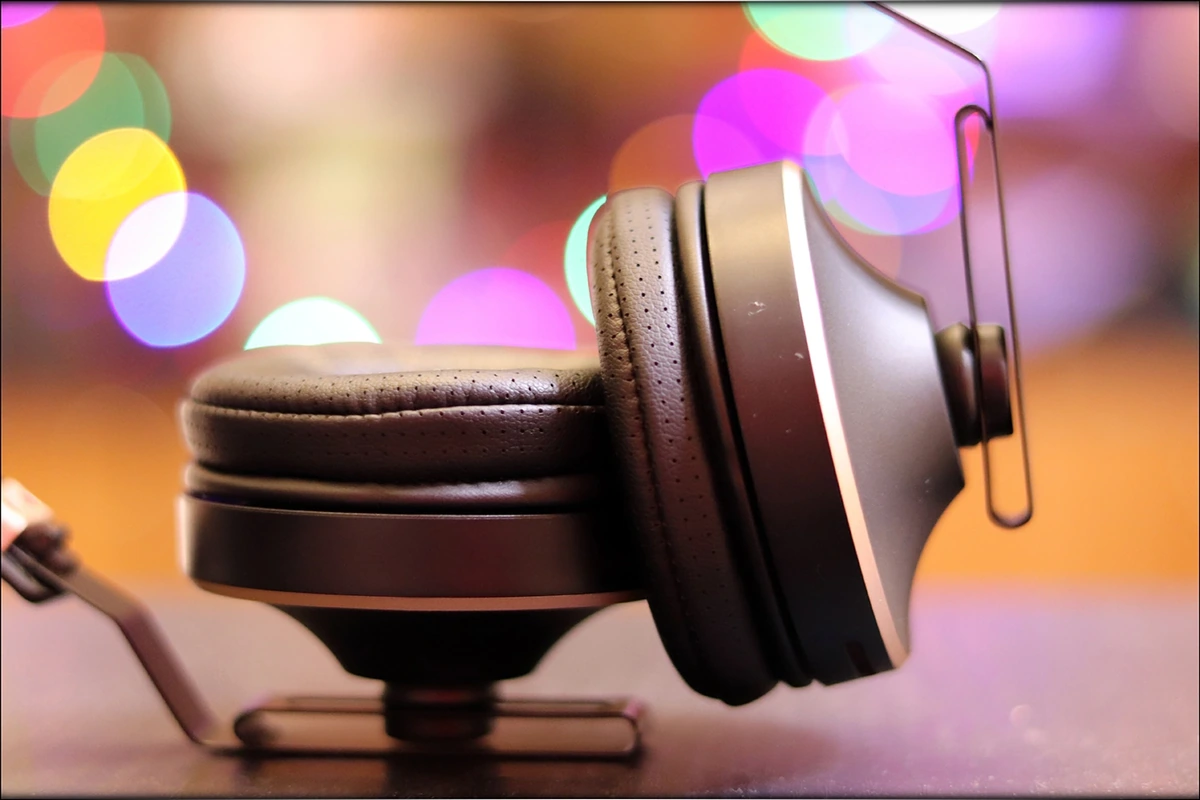
The package is out-of-this world good for the headphones, and basic and all-inclusive for the cable. The X5h headphones are packaged in such a way that I feel they are a proper 300-USD headphone, with a high-end box and all. Two cables, two carrying cases, this headphone and this company just has no chill when it comes to their package.
The ergonomics are ok. The X5h can get uncomfortable after a long while, but just like with earbuds, if you tend to have great comfort with on-ear designs, you should be really good with the X5h as well. Furthermore, they have MMCX connectors, so you can quickly swap the cables of X5h, and they have pretty soft earpads, and can fold to fit portably in a small place.
There’s a good amount of punch in the sound, thanks to the deep, hard-hitting bass, which is one of the best bass I ever heard in the 300-USD price range. Even the clarity and detail of the midrange is exceptional on X5h, and the treble is also smooth, so if you like a relaxing headphone with good punch, but which is relaxing in the treble, a headphone with great detail, and a really wide stage, the X5h would be happy to serve.
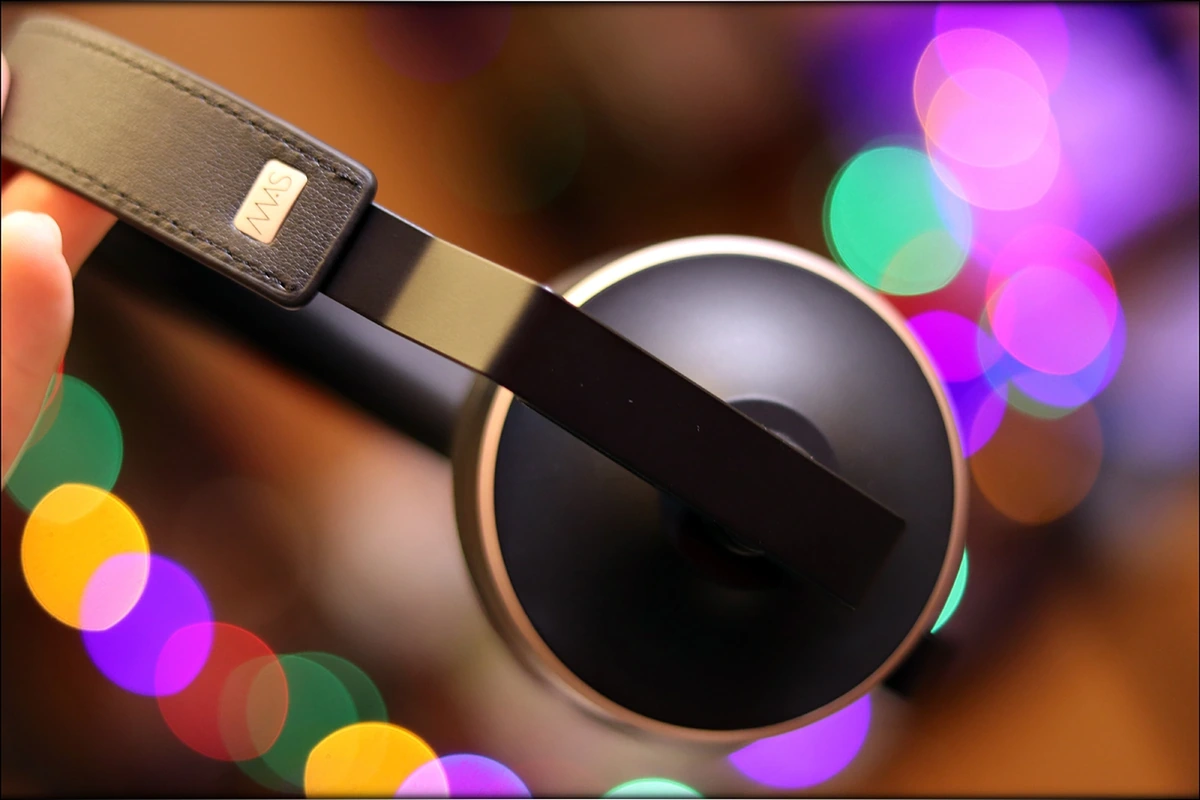
At the end of this review, MAS Audio Science X5h is a headphone that’s made to impress, and a headphone that’s going to be your partner for a long time, if you need an on-ear to quickly grab and wear. Although they’re an on-ear design, they are build like a high-end headphone, and the price is actually good for the sound you’re getting.
Product Link
You can get MAS Audio X5h from www.amazon.com here: https://www.amazon.com/MAS-X5h-Headphone-Detachable-Silver-Coated/dp/B07F9MF4XW/
--- Please remember to stay safe, and always have fun while listening to music!---
- If you have a dime to spare, please donate, and help us! It would make the day brighter for me and my wife-
Full Playlist used for this review
We listened to more songs than those named in this playlist, but those are excellent for identifying a sonic signature. I recommend trying most of the songs from this playlist, especially if you’re searching for new music! The playlists are different for Spotify, Tidal and Youtube, and based on the songs I enjoy and are available on each!
https://www.youtube.com/playlist?list=PL_cjBXGmwSHSdGcwuc_bKbBDGHL4QvYBu
https://open.spotify.com/playlist/5J3oloz8Riy9LxEGenOjQ0?si=979ba4f082414be7
https://tidal.com/browse/playlist/330fd544-8e5b-4839-bd35-676b2edbb3d5
--- Contact Us ---





